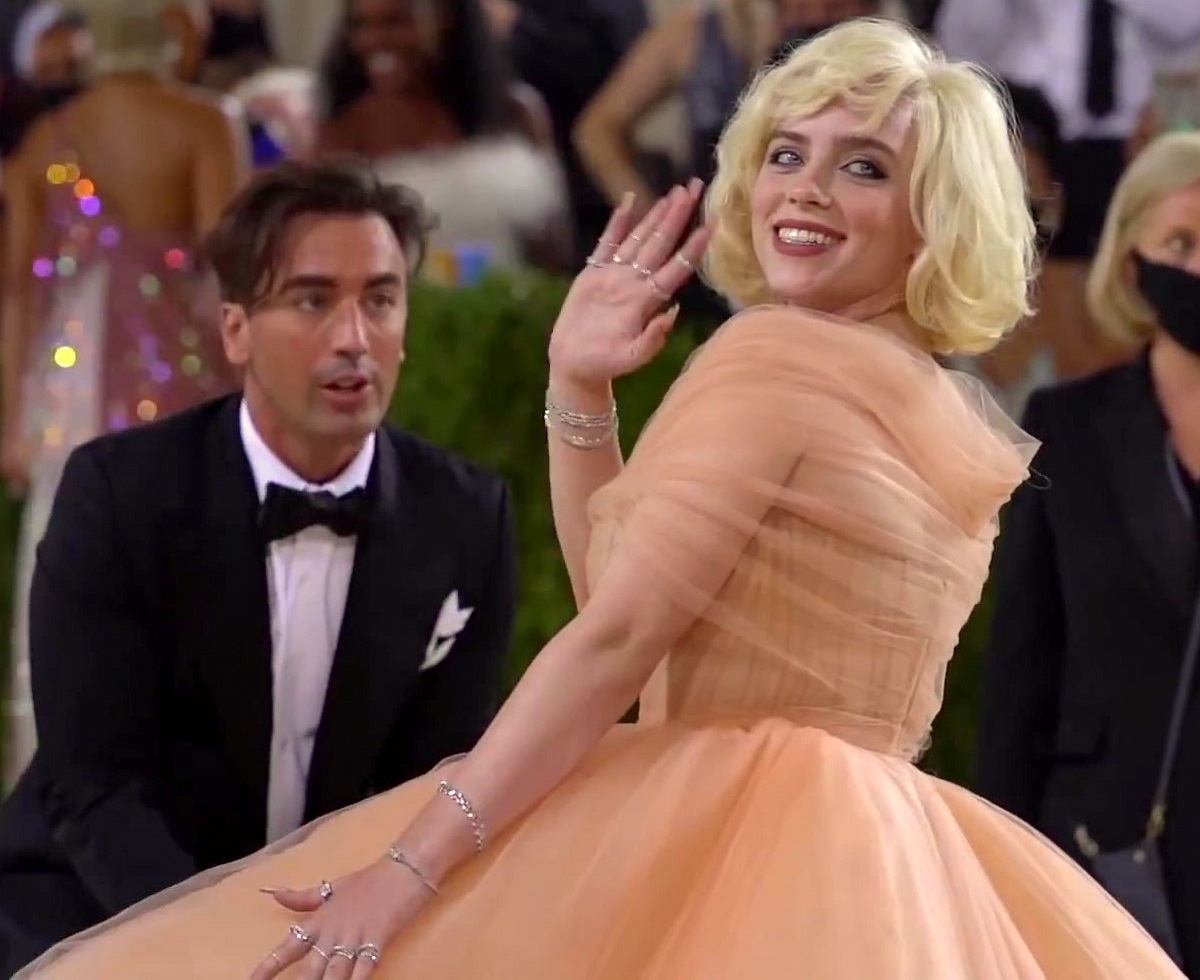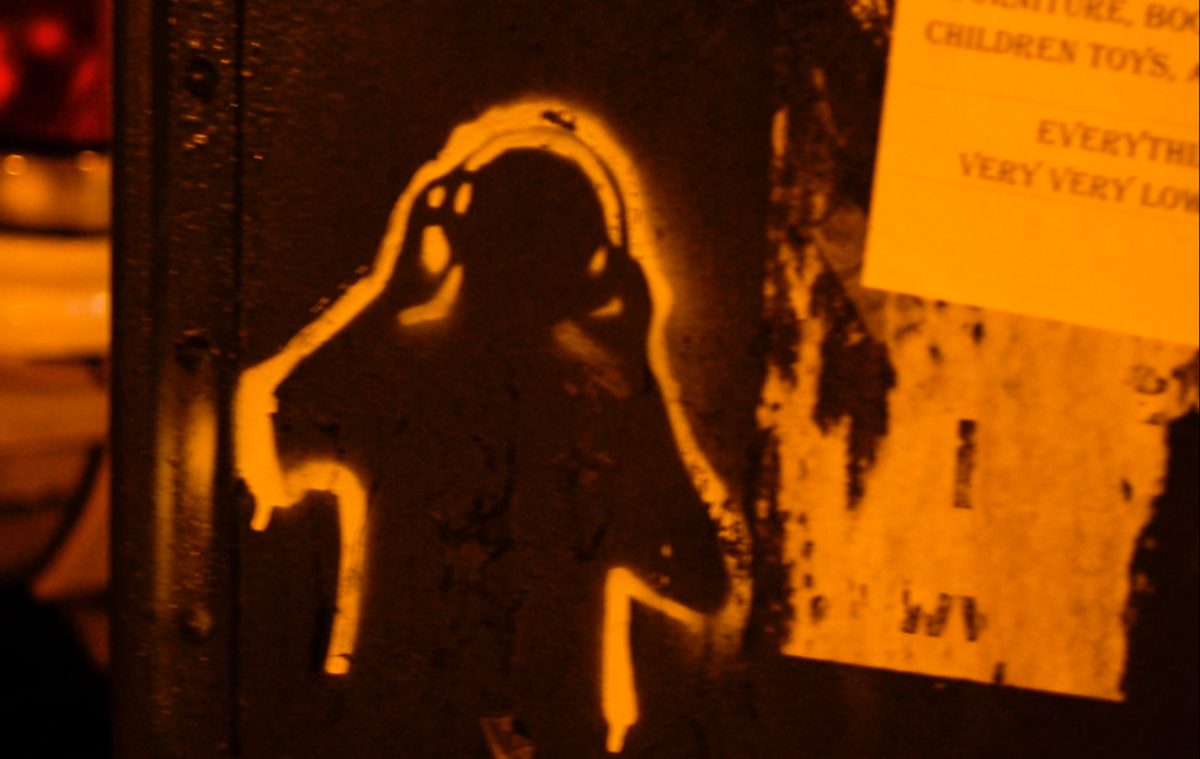Every year, the Met Gala rolls around, bringing a sense of spectacle. Fascinated onlookers watch as celebrities dress up in artistic outfits to walk up the steps of The Metropolitan Museum of Art. Its purpose is to raise funds for the museum, but this year painted a different picture. As celebrities promenaded across the green carpet, protestors stood outside the event. This scenario is inherently dystopian. Reminiscent of “The Hunger Games,” the Met Gala is ridiculous.
While the purpose of the Gala isn’t a cause for criticism, the overt display of wealth coupled with the fact that wars are ravaging globally is where critiques truly lie. Found in the mass amounts of celebrities neglecting to advocate for world issues, there’s an elitist undertone in this year’s Gala in particular. Solely for the spectacle of it all, celebrities parade across a carpet while lives are being lost in mass conflict each day. Instead of using their voices for activism, they’re perpetrating unrealistic beauty standards on a carpet. Celebrities’ careers don’t primarily consist of activism, but some wouldn’t hurt. These populations of people have the ability to use their voice for good, and that is needed more than ever, especially considering the large populations of lives that have been lost due to conflict this year alone.
People have taken to social media to voice their concerns about the Gala, but it appears that the criticism has gone mostly unnoticed. The majority of the criticisms come in the form of memes solely for entertainment value. Many people have compared this year’s Gala to Suzanne Collins’ novel “The Hunger Games,” equating celebrities’ outfits to the Capitol and the war-torn countries to District 12, as depicted in the book. Unfortunately, the parallels drawn aren’t far off. There are many parallels to Collins’ novel, namely in the overarching thematic idea of the rich populations in America not using their voices for good.
This year’s Gala highlights the dark side of the top 1% of Americans. So where’s the appeal? For some, it might lie in the fashion. There’s a quality of excitement when seeing your favorite celebrities parade across a carpet in ornate outfits. While the rich elite populations dress up in regalia, the rest of us simply watch and judge, as if we’re the fashion experts ourselves. Each year, comically outrageous outfits are found walking the carpet (which, for the sake of controversy, I will not name anyone in particular). When this happens, social media quickly acts, critiquing all aspects of the outfit as if they designed it themselves. While it may be fun to ogle celebrities in our sweatpants, the fun isn’t the problem. The true issue lies in the overt display of privilege and the lack of activism.
Previously, the Gala was more tolerable. But this year, the opulence has taken on a new extreme, distracting us from the things that actually matter. Instead of celebrities’ fashion choices, celebrities should be using their voices for good-and more beneficial fundraisers should occur.There was another gala hosted this year dubbed the “Debt Gala,” a parody of the Met Gala that featured homemade outfits. This year’s theme of “Sleeping Baddies: Slumber Party” was a spoof of the Met’s. However, this gala’s purpose is not to merely show off fashion and solely to gain funds for their organization, but to raise money for medical debt. This approach should be the future of the Met Gala. Instead of raising funds solely for the museum, it should have a portion of its funds go towards organizations that benefit war efforts or other causes relevant to everyday life.
The Met Gala itself doesn’t have to disappear. There’s nothing wrong with enjoying a night of fashion, especially since the Gala is the museum’s primary fundraiser. The issue is found in the apparent lack of activism on the celebrities’ part. Instead of using their voices for good, they’re parading across a carpet and showing off their extreme wealth, solely for the purpose of the Met Museum. Instead, the Gala should take on a new approach by donating part of the proceeds to the museum and the other to social causes, it would benefit not only the museum, but also the world.















